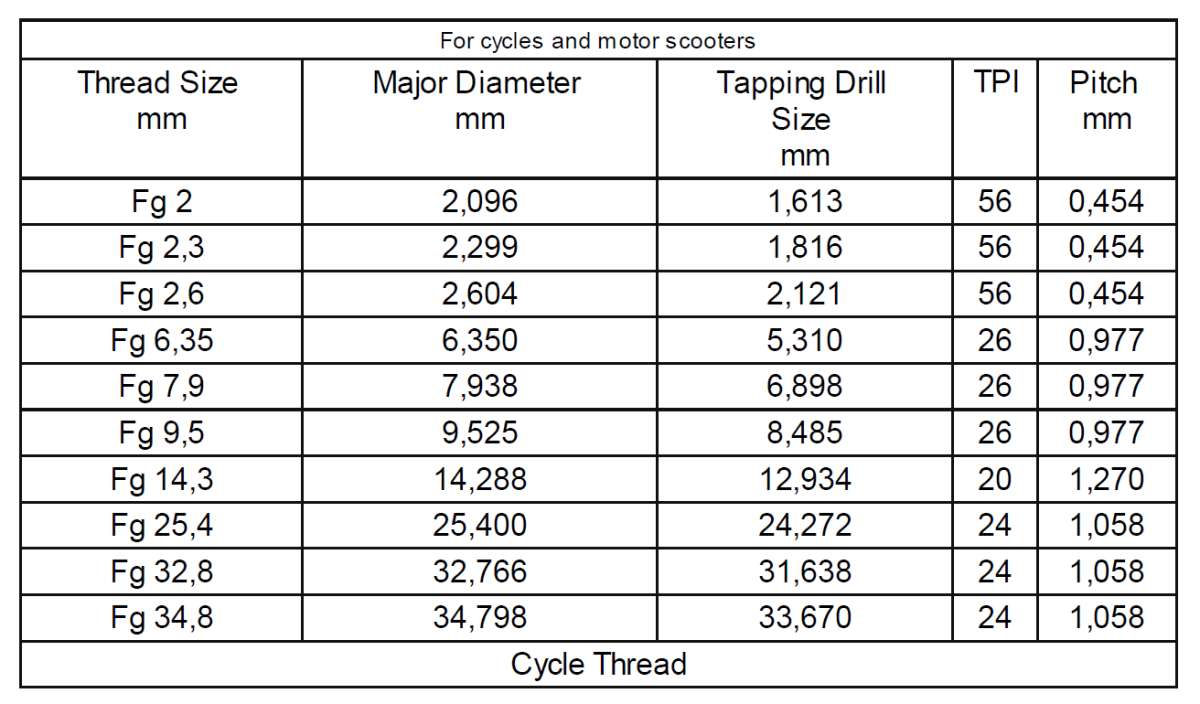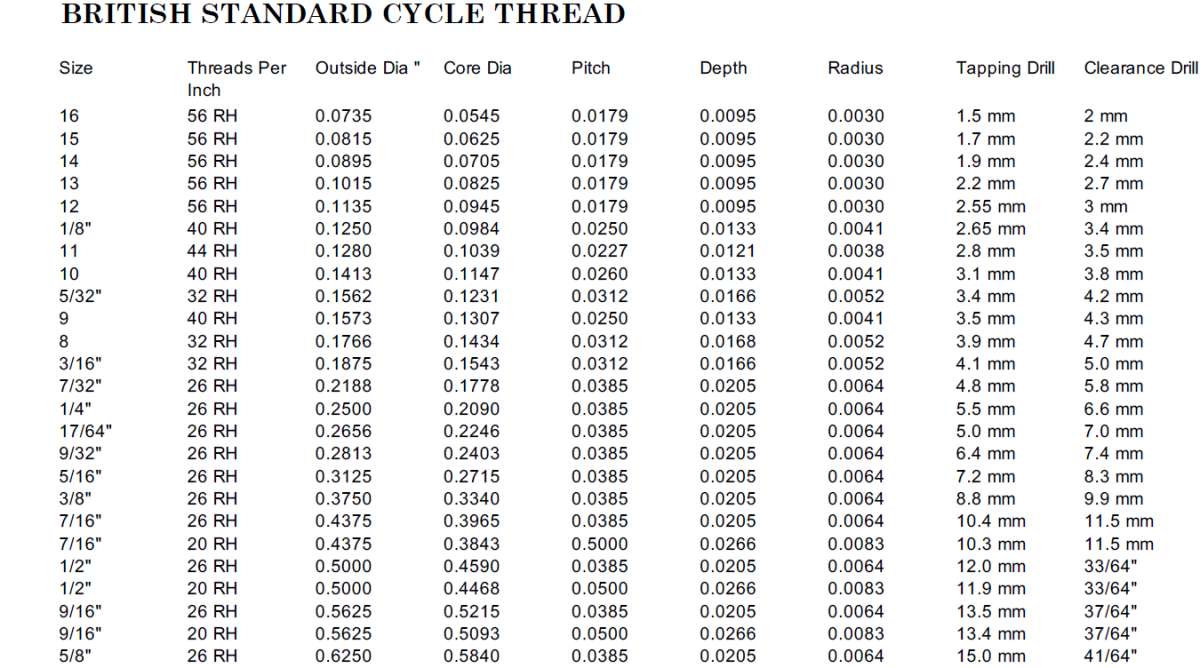Difference between 9/16”x 20 Cycle Pitch and 9/16”x 20 UNS.
Difference between 9/16”x 20 Cycle Pitch and 9/16”x 20 UNS.
- This topic has 46 replies, 12 voices, and was last updated 29 October 2024 at 22:45 by
 Michael Gilligan.
Michael Gilligan.
- Please log in to reply to this topic. Registering is free and easy using the links on the menu at the top of this page.
Latest Replies
Viewing 25 topics - 1 through 25 (of 25 total)
-
- Topic
- Voices
- Last Post
Viewing 25 topics - 1 through 25 (of 25 total)










